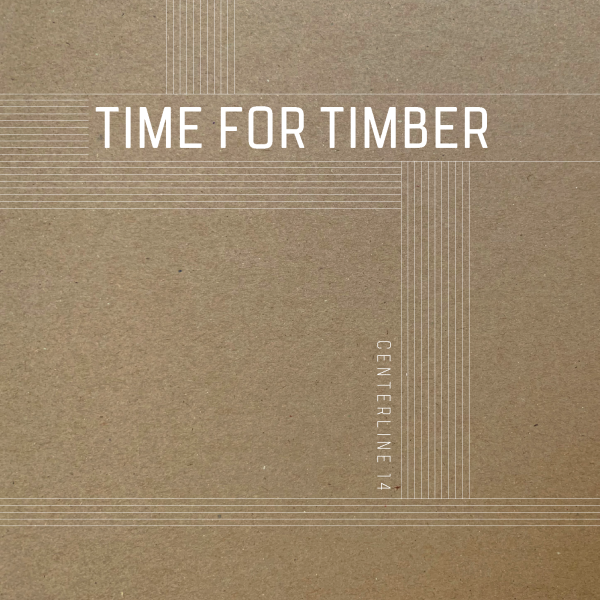Material Experts

Material Expert Interviews - Timber Architecture
Ulrich Dangel - Associate Proffesor
Please tell us your title and relationship to materials.
Uli Dangel: Associate Professor and Program Director for Architecture. I am really interested in the honest use of materials in construction, i.e. if a material with load-bearing capacities is used–let’s say brick for example–it should also be load-bearing and not just a simple veneer. Considering that most modern buildings are made up of many different layers due to today’s increased performance requirements, this might be a somewhat nostalgic notion of material use, but it is nevertheless how I feel!
How has your relationship to materials changed over time?
UD: At the beginning of my professional career, I worked for some so-called ‘high-tech’ architecture firms in London, which also promoted the use of innovative and high-tech materials such as carbon fiber and different kinds of new composite products such as aluminum honeycomb panels, etc. I was initially really enamored with these types of materials and products, but the more I considered their embodied energy and limited recyclability, the less interested I became in them. Over the last 15 years, my research has turned toward the use of renewable materials. My primary research interest now focuses on one particular building material: wood.
Is there a material you most identify with, and if so - why?
UD: As already mentioned, I love wood in all its different forms, whether it is as a primary structural building material or used in flooring, millwork, or furniture. I love its tactile qualities and the fact that every piece of wood is different; I like that it ages and develops a patina, whether that is through the elements such as rain and sun or just wear and tear from use over time. Using wood instead of steel or concrete obviously also has environmental benefits since trees absorb carbon dioxide when they grow.
How can people accelerate and advocate for the adoption of timber as a sustainable building material?
UD: We should demand to live and work in buildings that do not cause negative impacts on the environment through significant carbon emissions. Our buildings should be carbon neutral or even carbon negative. We should also demand healthy environments for living and working that are made of natural materials that don’t emit VOCs (volatile organic compounds) which might be harmful to us. This will inevitably lead to the use of more wood in construction. Wood also emits VOCs (think of the smell of freshly cut cedar), but these are natural compounds and not ones that have been developed in some chemistry lab...
Are there potential concerns or drawbacks to using too much timber?
UD: The wood we use for construction should come from sustainably managed forests. If not, using wood might cause more harm than good. The sustainably managed forests of the northern hemisphere produce plenty of wood we can use for construction. We are nowhere near depleting our resources here in North America and Europe. It is a different story for many forests in the southern hemisphere though since many of them are not sustainably managed. Most of the deforestation in these emerging countries is due to land conversion in order to raise livestock or grow commodity crops though, so what we chose to eat might actually have more of an impact on the world’s forests than how we build...
--Many thanks to Professor Dangel for participating as a Material Expert!

